Unlike other zones, fall vegetable planting in zone 9 doesn’t start until sometime in September. Don’t worry, you won’t be behind, your fall garden will extend into a winter garden. You’ll be harvesting vegetables all they through next summer. Let’s explore the fall garden in gardening zone 9.
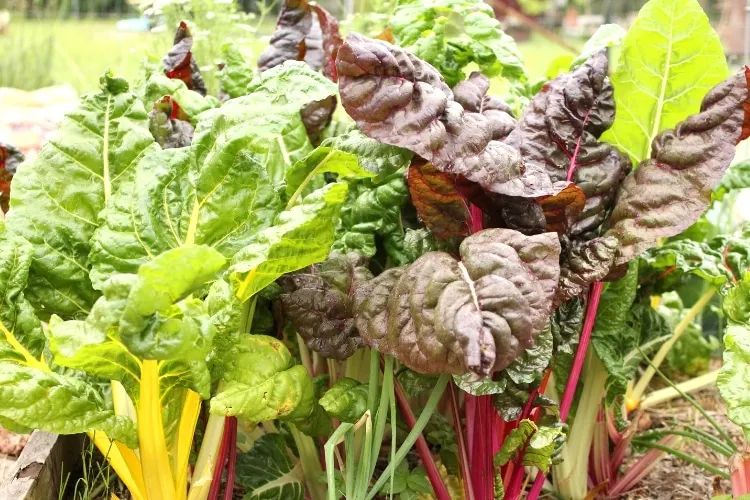
Depending on where you live you are probably at least thinking about fall gardening by mid-July. You may be doing more than just thinking and actually planting some of your cool weather crops.
Every summer while our heat index reaches 100+°F day after day, I tend to get frustrated hearing about everyone’s fall garden knowing that ours is still a few months away.
Fall gardening in zone 9 will mean that, for the most part, you start later than other zones. If you aren’t in a zone 9 climate, you can scroll down to get tips for fall gardening in zones 3-8.
What gardening or planting zones?
When gardeners talk about gardening zone, they are typically talking about the USDA Plant Hardiness Zones. If you don’t know what zone you live in, you can find it on this map.
The cold hardiness zones tell us the average minimum temperature an area is likely to experience. That’s it.
They don’t tell us anything about how many times the area might reach that temperature, they don’t tell us how soon an area will reach that temperature, and they tell us nothing about the fall, winter, or spring conditions.
The zones are divided by 10°F and subdivided into a and b by 5°F. So, if you live in zone 9a your average minimum temperature is 20°F and if you live zone 9b your average minimum temperature is 25°F.
Remember, these are just averages, so some years it won’t reach that temperature and some years it will go below that temperature. If you want to know what year round gardening in zone 9 with a hot summer is like, there is a month by month post here.
If you want to learn more about gardening zones – both cold and heat zones, chill hours, day length, rainfall, and other elements that affect your climate we have a short ecourse that will help you truly understand your climate.
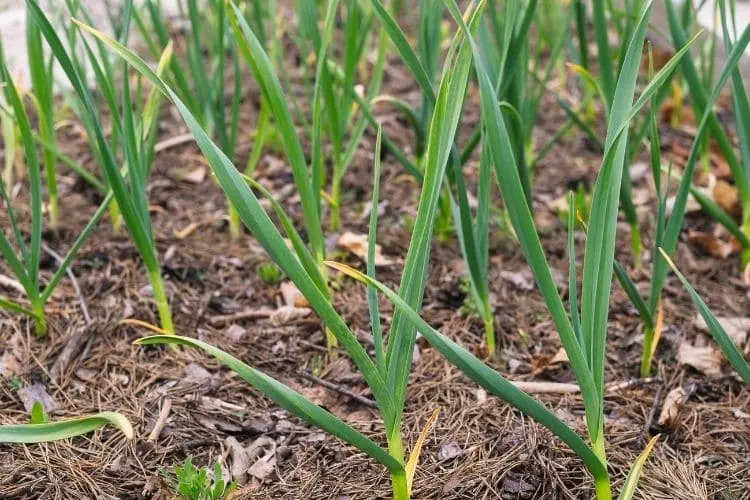
When to start your zone 9 fall garden
Planning your fall garden can and should start in the summer. But actually planting the zone 9 fall garden will depend on how long and hot your summer is.
If you are going to direct sow the seeds or start them ahead of time and transplant them will also be a factor in when and how you start your fall garden.
Lastly, day length might be a factor.
If you have temperatures above 90°F into October, you might not want to start your fall garden in August. The longer you have high temperatures the more you will have to water and tend to the tender seedlings.
However, if you have time and inclination to water every day or two until the heat breaks and even give the young plants some shade, then you might want to go ahead and get an early start on your fall garden.
If you are going to start some of your seeds in trays like many people do for spring gardens, you’ll want to start those at the end of August or the beginning of September. You’ll likely need to give them some shade if you are starting outside – on a porch, for instance.
Day length might be a factor in when you start your fall garden. Plants will stop growing when they day time hours drop to 10 hours. This is why some crops can’t be grown in the Pacific Northwest and those plants can be grown in similar hardiness zones farther south.
In my area day length drops below 11 hours at the beginning of November and to just above 10 hours on the winter solstice.
You can check yours with this calculator. Then be sure to make a note of it in your gardening notebook.
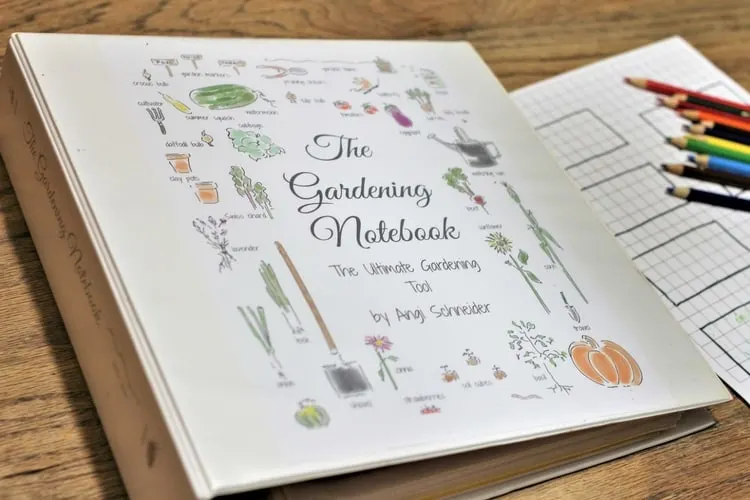
While most of the gardening zones will use the first average frost date to decide when to plant their fall crops, if you only plant crops that are frost tolerant in zone 9 you don’t have to worry about the frost date.
This year I’m going to try something new (at least to me) and instead of using the average first frost date (which is December 11 for my area) I’m going to use day length to calculate my beginning planting time.
My reasoning is this, if I want to harvest greens and cole crops all winter, I need to make sure they are big enough for harvesting by the time our day length hits 11 hours (for us November 1st).
As I look over the notes I’ve taken over the last 5 years of fall gardening I noticed that the times we’ve had cooler than normal weather in September and I’ve planted fall crops we’ve had am much better harvest than the times I’ve waited until October.
Although, October is when I technically “should” put in my fall garden based on frost dates.
So, this year I will start some transplants on my front porch in the shade in mid August and transplant them into the garden before October. I’ll also direct seed some plants in September and be sure to water them every day or two. This is the plan, we’ll see how it happens in real life.
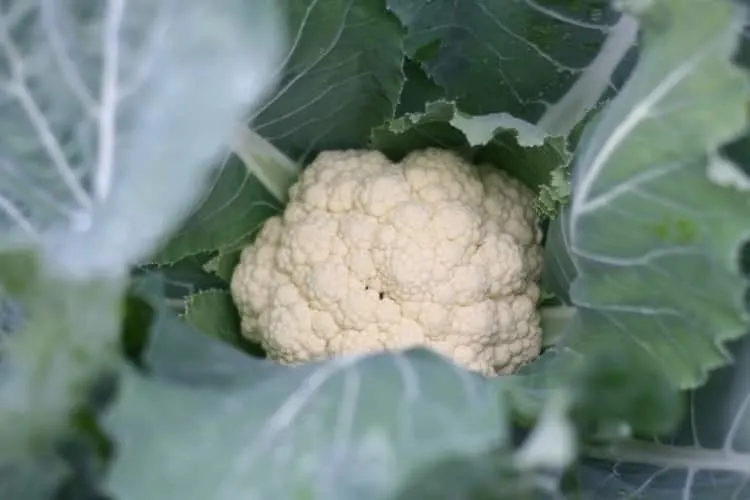
What vegetables to plant in autumn
There are four main types of plants you can plant in your zone 9 fall garden; root crops, leafy greens, brassicas (or cole crops), alliums (onion family), and some herbs.
All of these will overwinter well in a zone 9 garden and you won’t have to worry about covering them with frost protection very often, if at all.
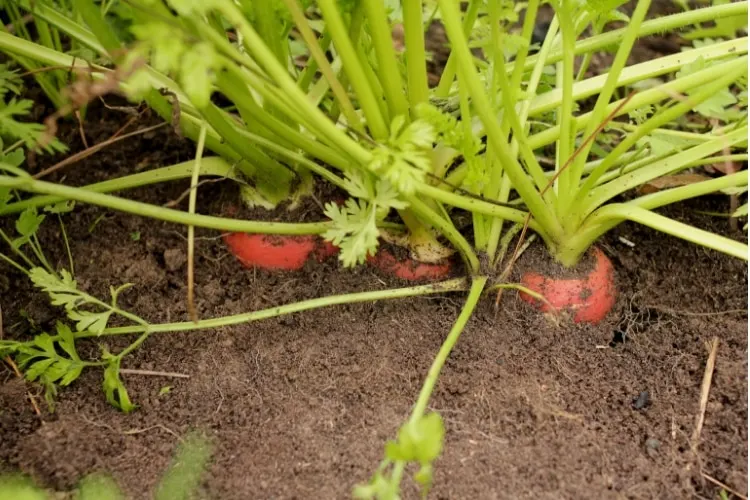
Winter root crops
Root crops that do well are carrots, beets, and radishes. You could also plant turnips and parsnips but it’s been my experience that we do not get enough cold hours to produce tasty turnips or parsnips in zone 9.
These crops all get sweeter (or less spicy or bitter) as the temperatures drop. The more often they drop below freezing the tastier these crops become.
But definitely experiment and try to grow those things your family loves, even if someone (like me) says it’s not worth the effort. Because turnips and parsnips aren’t important to my family, it wasn’t important to me to try to find a way to grow them.
You can succession plant these to extend the harvest.
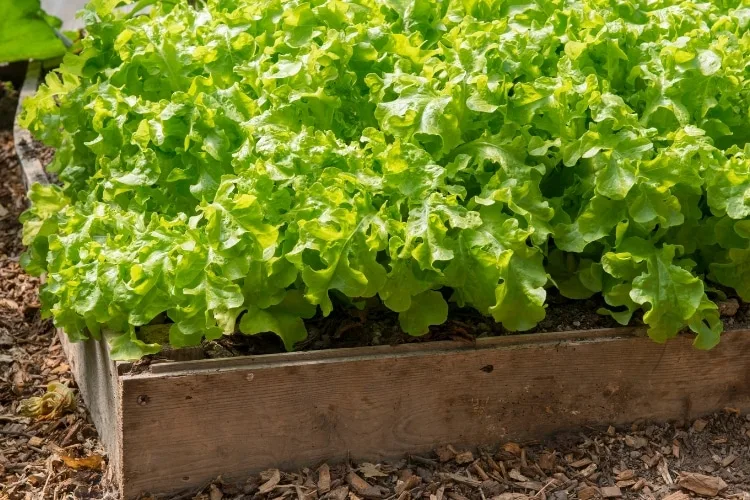
Leafy greens for fall and winter gardens
Leafy greens that do well in zone 9 are kale, swiss chard, lettuces, spinach, arugula, greens (like turnip and mustard). Like the root crops, some of these will get sweeter (or less bitter) as the temperatures drop.
I’ve never been able to grow a lettuce that my family just loves, but it’s important to me so I keep trying different varieties hoping that we’ll get one we love eventually.
In my opinion, kale and chard are the powerhouses of the zone 9 fall garden. Spinach does better than lettuce for me and will not usually need to be covered in case of a frost, but lettuce will need to be covered.
Leafy greens are great for succession planting, too.
Brassicas all winter long
Brassicas (or cole crops) that do well in zone 9 are cabbage, Chinese cabbage, broccoli, and cauliflower. For these crops I plant transplants and sow seeds as a way of succession planting so I don’t have 20 heads of cabbage ready at the same time.
When I harvest a cabbage, Chinese cabbage, or cauliflower I cut the plant off at the soil and then cover the area with mulch. This helps the garden bed be ready when it’s time to plant the spring garden.
Broccoli will usually continue to produce small heads after the large head has been harvested so I let those grow and even flower until I absolutely need that space for the spring garden.
Brussels sprouts need to be planted in early October or earlier if you want to get a harvest before the heat sets in. It can take up to 110 days before they are ready for harvesting.
Also, all of these leaves are edible so don’t think you have to wait until the broccoli or cauliflower heads are ready in order to harvest.
Fall planting for onions and garlic
You can pretty much start any alliums in the zone 9 fall garden. Garlic and storage onions can be planted in mid October or November. Once they sprout you mulch them with a bit of straw to keep the weeds down.
Repeater (or green) onions, Egyptian walking onions, perennial onions,leeks and chives can also be planted in the fall garden.
Herbs in the fall garden
The herbs that do well in the zone 9 fall garden are herbs that need cooler weather such as parsley and cilantro. I also sow some dill seeds in the fall and they usually come up in January.
Many people try to grow cilantro in the spring in order to use it with those amazing summer tomatoes, but it will bolt super fast. So, I grow it in the fall and then preserve it to use in the summer.
Perennial herbs such as thyme, oregano, rosemary, sage, and mint all make excellent fall plantings in zone 9.

Fall gardening in other zones
I reached out to some bloggers who garden in other climates for those of you who don’t live in a hardiness zone 9. Dana from Piwakawaka Valley in New Zealand has a weekly garden series for her area. She lives in cold hardiness zone 9 but her summer temperatures only reach about 86°F. So, her climate is more like those zone niners who are living along the California coast.
If you live in Florida, Bonnie from The Not-So-Modern Housewife has a list of vegetables you can plant in September and grow in you fall and winter garden.
Isis from Family Food Garden has a great list of vegetables to overwinter in zone 5 and tips for growing them.
Have you ever wondered just when to harvest certain vegetables? Chris from Joybilee Farms has a great list of when to harvest these 25 vegetables.
Tanya from Lovely Greens lives on the Isle of Man and has a list of 15 vegetables you can grow in autumn in her climate. Isle of Man for those of you who don’t know, is located between Northern Ireland and the United Kingdom.
Megan from The Creative Gardener has some great ideas for harvesting spinach all winter long – even under snow.
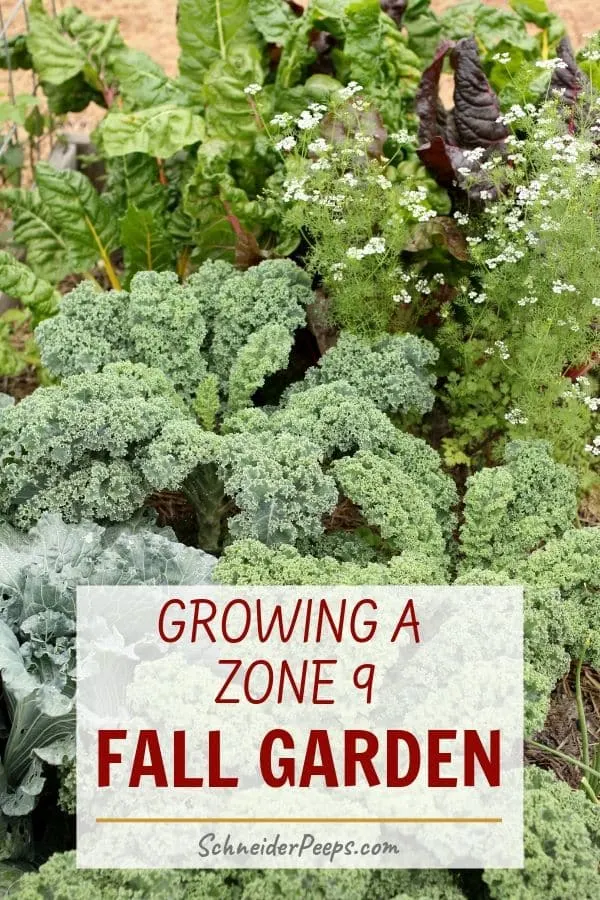
Zone 9 plants
Zone 9 is a pretty fantastic gardening zone because you can grow vegetables year round. You can see a month by month planting and harvesting for zone 9 here.

Molly
Friday 2nd of August 2019
I can't get the link for tips for gardening in Zone 4 to come up. My browser seems to think it's a security risk and keeps redirecting me. Does that site still exist?
Angi Schneider
Tuesday 6th of August 2019
Thanks for the head's up. The site no longer exists. I'll find another zone 9 fall gardening article to take it's place.
Susan
Sunday 16th of September 2018
Great articles. So many people who write about gardening just don’t understand zones 9 and 10.
Angi Schneider
Sunday 16th of September 2018
Thank you. Each zone has it's uniqueness and unless you've actually gardened in a specific area it's hard to really understand them. I'm glad I'm able to help others who are trying to follow general gardening guidelines in zones 9 and 10 and are frustrated by their efforts.
Ann Katelyn
Friday 11th of August 2017
That's great! Your article is so helpful for me. You grow cilantro in the fall and then preserve it to use in the summer right? So are there any different things I must care to grow it in the fall? I mean weather, watering, or bugs. Thanks for your tips Angi! - Ann
Angi Schneider
Saturday 12th of August 2017
As long as you plant frost tolerant vegetables in a zone 9 fall garden and keep it watered you should be good.
Martha
Sunday 6th of August 2017
Great post thanks for the tips. Do you have trouble with fire ants in the garden? They are ne of my biggest problems.
Angi Schneider
Sunday 6th of August 2017
Hi Martha, Yes I do. I've tried many treatments and have finally settled on using this, http://amzn.to/2vcpQGc (it's a little cheaper at my local feed store). For the most part, I only use it in the walkways. If I need to use it in a bed, I don't plant in that bed for that season. According to Texas A&M, it's perfectly safe for organic gardens but please do your own research to make a decision that is best for you. You can read what A&M has to say here, http://aggie-horticulture.tamu.edu/newsletters/hortupdate/hortupdate_archives/2004/mar04/Spinosad.html
Lesli B.
Saturday 5th of August 2017
Angi- I'm so excited to see a new gardening post from you. I think I've read/studied every post on gardening you've written over the last 2 years. I've learned so much and even implemented new ideas like growing buck wheat to chop and drop. I live in New Braunfels and it's hard to find any gardening blogs/advice for south Texas. So I really appreciate all you've written! Right now I only have peppers and okra growing in the garden, of course. I'm getting excited to start planning for the Fall. This "late summer break" always makes me a little crazy because I am out in the garden almost every day during the rest of the year. Anyways, just wanted to say hi and thanks!
Angi Schneider
Saturday 5th of August 2017
Hi Lesli! The break is nice, isn't it? I'm so very glad you've found the gardening posts useful. Gardening is south Texas is very different from other areas - of course, all areas are different ;-). I remember when I first started gardening and I'd read books and articles online and it was super frustrating because things weren't working out the way the book said it would. It wasn't until an older gardener started mentoring me about our climate that finally started understanding how our seasons really flow. New Braunsfels is such a lovely area! We used to live in San Antonio and would often take day trips to New Braunsfels and San Marcos.